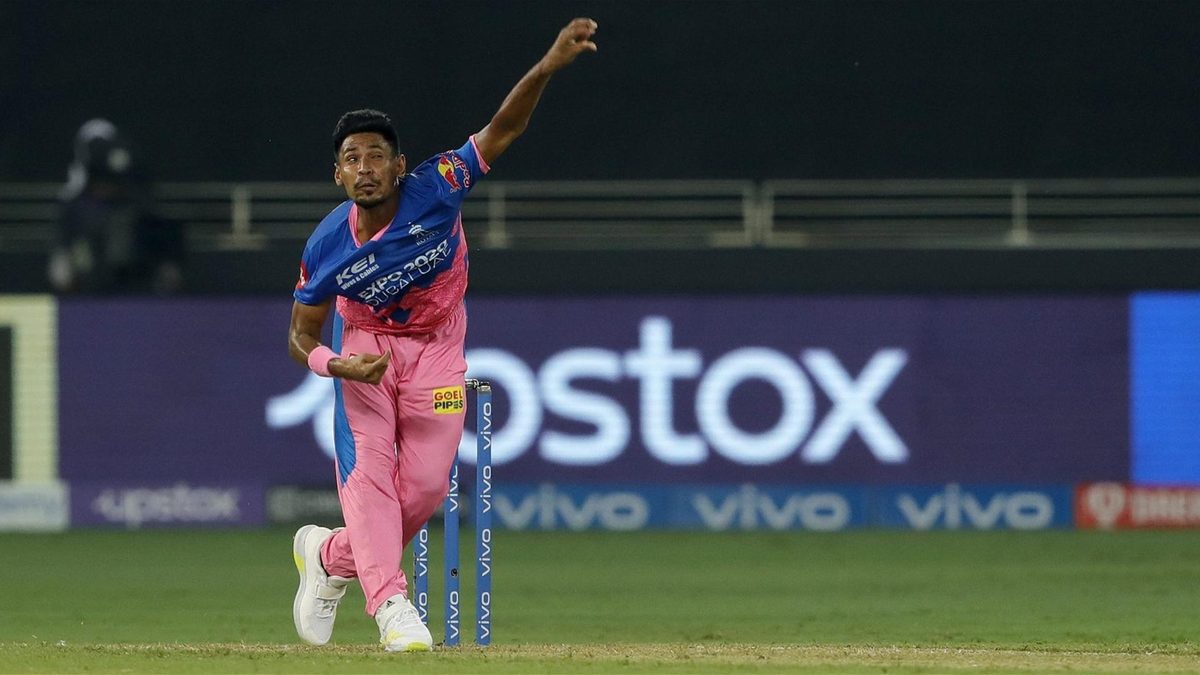
The Punjab Kings-Rajasthan Royals contest was a thriller, won by the latter side by just two runs, but eagle-eyed viewers spotted a possible pair of missed no balls which could have changed the result of the game.
The game will be remembered for a magical final over bowled by Kartik Tyagi, with the youngster conceding only one run with just four to defend. However, some felt that two no-balls should have been signalled in the 19th over, bowled by Mustafizur Rahman, which could have ended the game in the penultimate over itself. As it happened, he conceded just four runs, setting up Tyagi’s heroics.
Delivering from wide on the crease, the Bangladesh bowler’s back foot skirted dangerously close to the return crease on a couple of occasions, with some, including former India cricketer Aakash Chopra, feeling that he should have been penalised.
I’ve seen this many times over now. I still can’t say with certainty that at the point of first contact, Fizz’s foot isn’t touching the return crease. Brings forth 2 points
1. Was it checked enough times by the 3rd umpire to remove doubt? Happened on two consecutive balls. 1/2 https://t.co/Mr587WwrkV— Aakash Chopra (@cricketaakash) September 22, 2021
Chopra questioned not just the deliveries themselves, but also the process by which any potential infringements are checked. According to the IPL playing conditions, “The third umpire shall use technology to monitor every delivery bowled and to check front foot and back foot fairness.”
The back-foot no-ball law differs to the front-fo0t no-ball law in one important way. While both take the first point of contact with the ground, allowing a bowler to slide over thereafter, for a delivery to be a back-foot no-ball, the bowler’s back foot need only be touching the line, rather than completely over it.
According to the MCC no-ball law, the landing position of the foot is the decider in arriving at the no-ball call.
21.5 Fair delivery – the feet
For a delivery to be fair in respect of the feet, in the delivery stride
21.5.1 the bowler’s back foot must land within and not touching the return crease appertaining to his/her stated mode of delivery.
A few months back there had been a debate over Ravindra Jadeja’s dismissal during the World Test Championship final in similar circumstance.








